The president’s bodyguards cover the mouth of an angry STEM graduate and drag him out of student hall. This action encapsulates the government’s response to student unrest over its research & development (R&D) budget cuts. The news from the Korea Advanced Institute of Science and Technology (KAIST)—one of the most prestigious research institutions in Korea—went viral in mainstream media, which roused public outrage.
Under President SukYeol Yoon’s administration, the Ministry of Science and Information and Communication Technology announced a major reduction of research funding from 31.1 trillion KRW ($21.6 billion) to 26.5 trillion KRW ($18.4 billion) without explanation—KAIST and Seoul National University, the MIT and Harvard of Korea, were no exceptions. With the unjustified change, universities and science schools nationwide released statements of condemnation of the policy. Under intense criticism from institutions and the public alike, Yoon claimed that he took action to combat “research cartels” that wasted government funds in the name of innovation. Additionally, he stated that removing such inefficiencies would enhance the global competency of Korean technology and increase the transparency of large-scale research projects.
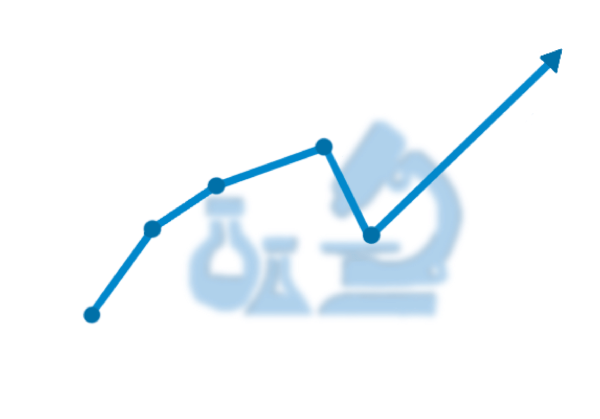
However, the president’s decision only exacerbated the poor research environment of Korea. In the past, graduates and postdoctoral researchers worked with salaries below minimum wage. “There was always only little payment for laboratory work, definitely below the minimum wage […] the R&D budget cuts decreased my income even more, but I would say that it was already low anyway,” said Jaegeun Choi, a PhD candidate of Seoul National University (SNU).
Graduates were not the only ones impacted by Yoon’s announcement. Operators of laboratory equipment, as well as faculty members of universities, faced a large decrease in their salaries. “While I wasn’t impacted too much, I really felt worried for the operators of our equipment, who are needed to keep maintenance […] I think their payments decreased a lot for our department, even though the payment was really important for their daily lives, unlike us students,” said Moonhyung Lee, a student researcher of SNU.
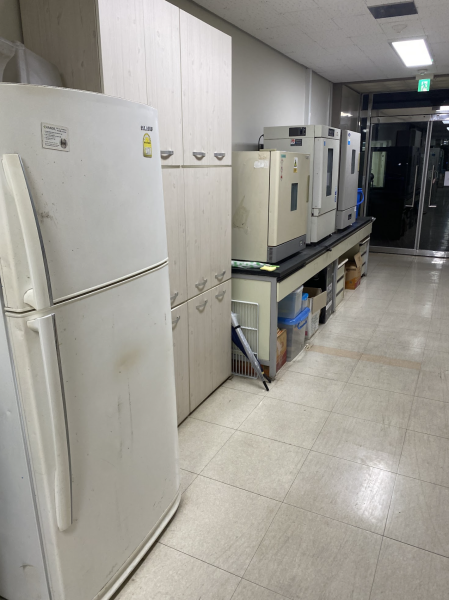
This lack of monetary support in graduate and post-doctoral researchers have long been criticized as the cause of talent shortages in Korea. Due to this fundamental problem, government objectives for technological innovation, such as the gifted science high school initiative, showed little progress in strengthening Korea’s research prestige.
The future of Korean STEM appears even darker, with disruptions in science education for young scholars. “The budget issue really caused a problem for us—as a government-funded science school, we handle a lot of costly science experiments and conduct research. We always have to spend money for maintenance as well as classes, but the R&D cut clearly disturbed us […] some of my friends and teachers actually had to pause their research because of it,” said Boseong Kim, a student of Gwangju Science High School.
Moreover, polls from multiple research-focused universities around Korea demonstrated the nationwide dissatisfaction of Yoon’s policy. In fact, 85% of SNU and 98% of Yonsei University members expressed “strong disapproval” of the R&D budget cuts. With the president’s impeachment crisis following his martial law declaration, the policy only strengthened student activism against Yoon’s presidency.

As a result of the immediate backlash, the Ministry of Science and ICT declared a 11.8% increase in the R&D budget for 2025. Most significantly, the initiative took focus around the “three gamechangers”: artificial intelligence, biotechnology and quantum computing. “I really have high hopes for the coming season, as the government restored all our funding. In our school, we were able to continue all the paused research projects and equipment purchases,” Kim said.
Despite the disastrous outcomes of Yoon’s budget reductions in 2024, the restoration of R&D expenditures offers a sign of hope for the future. As Korea races to become an international technology powerhouse, the administration must continue to embrace the importance of financial stability in scientific progress.

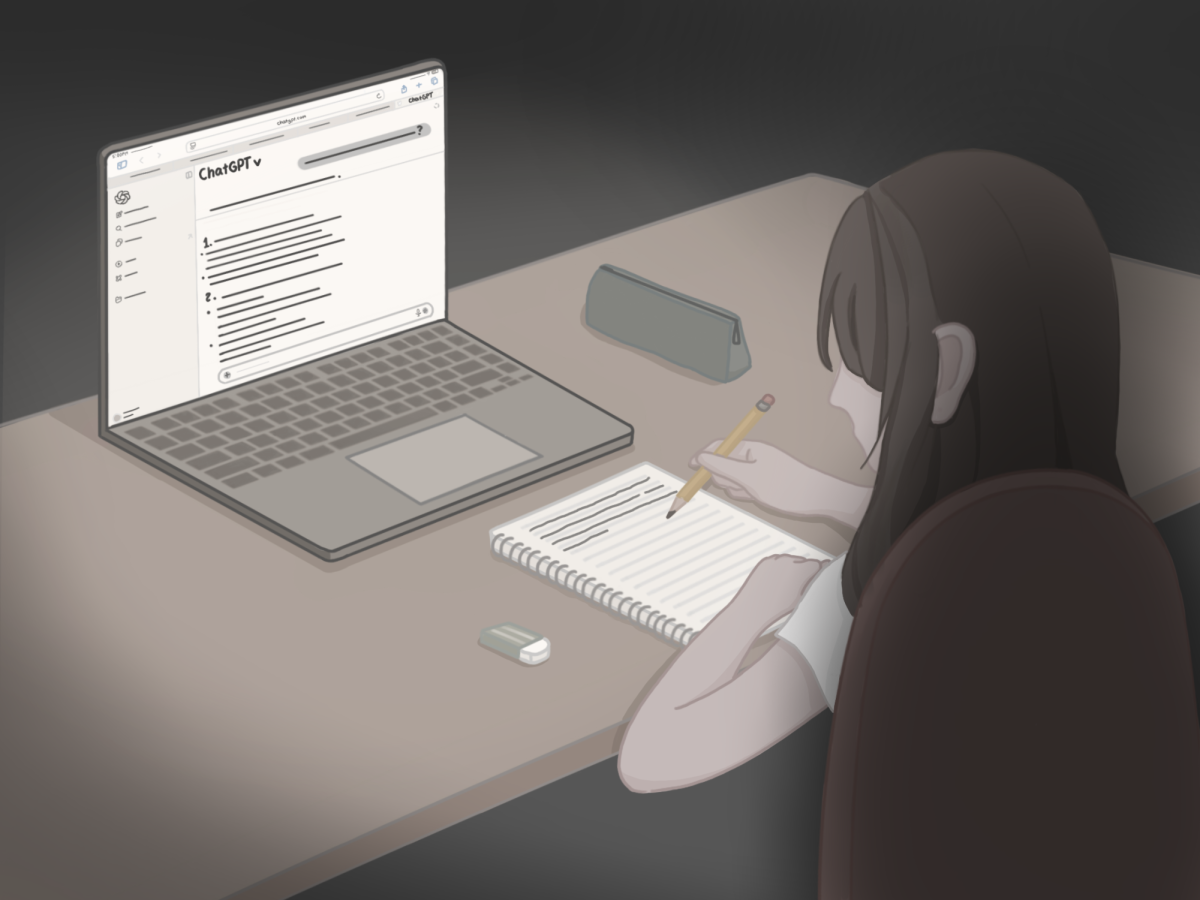

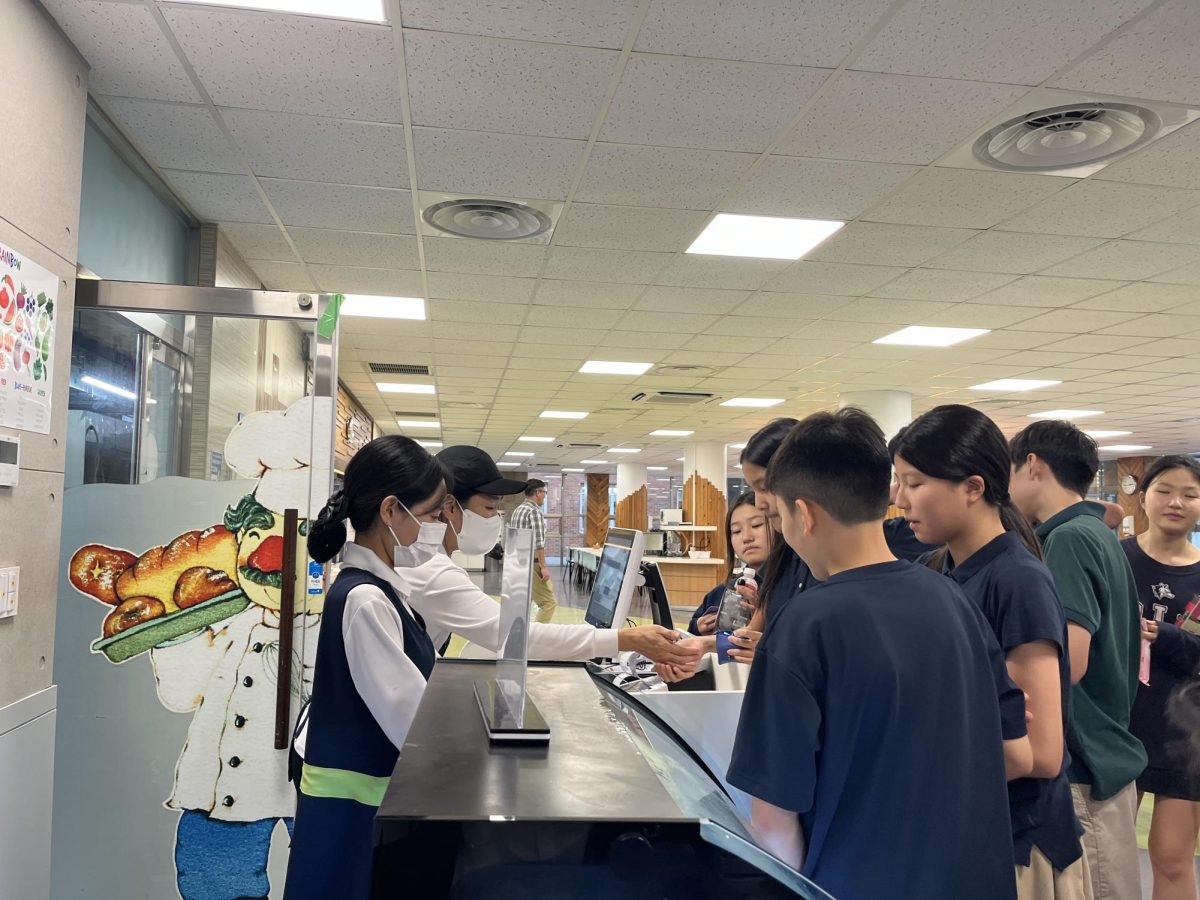


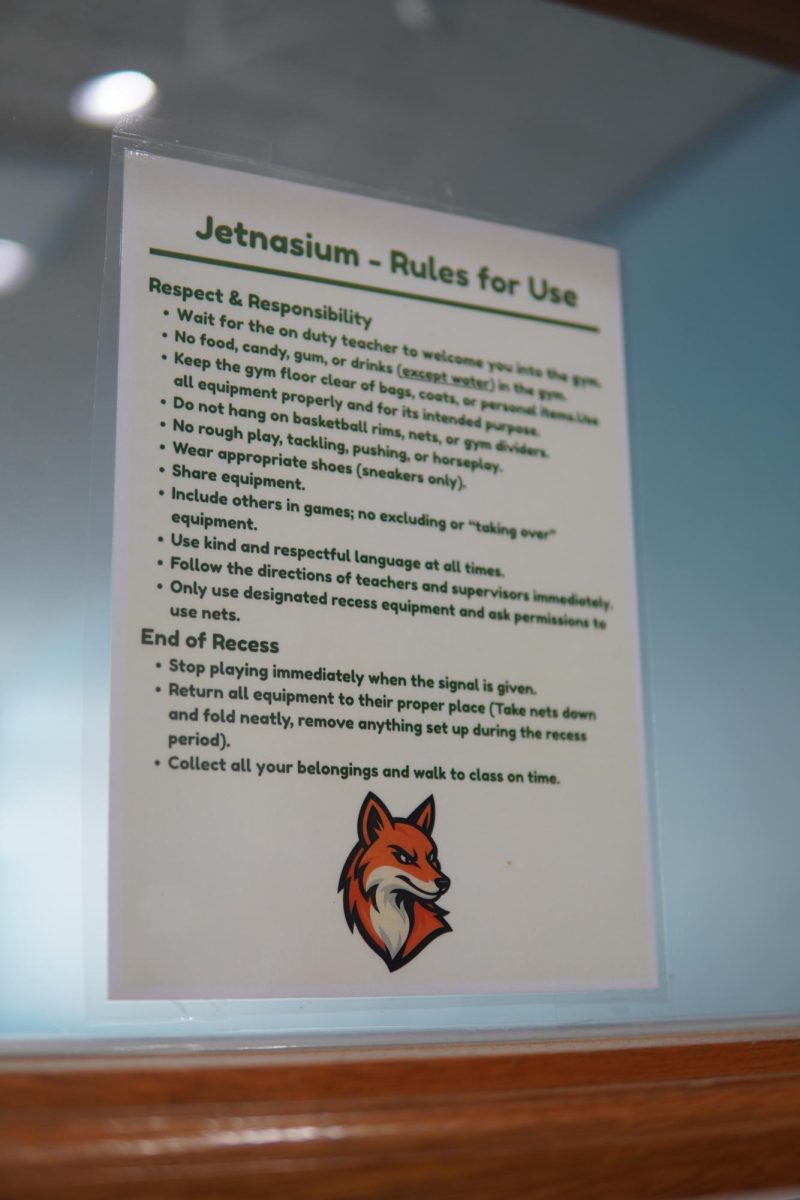

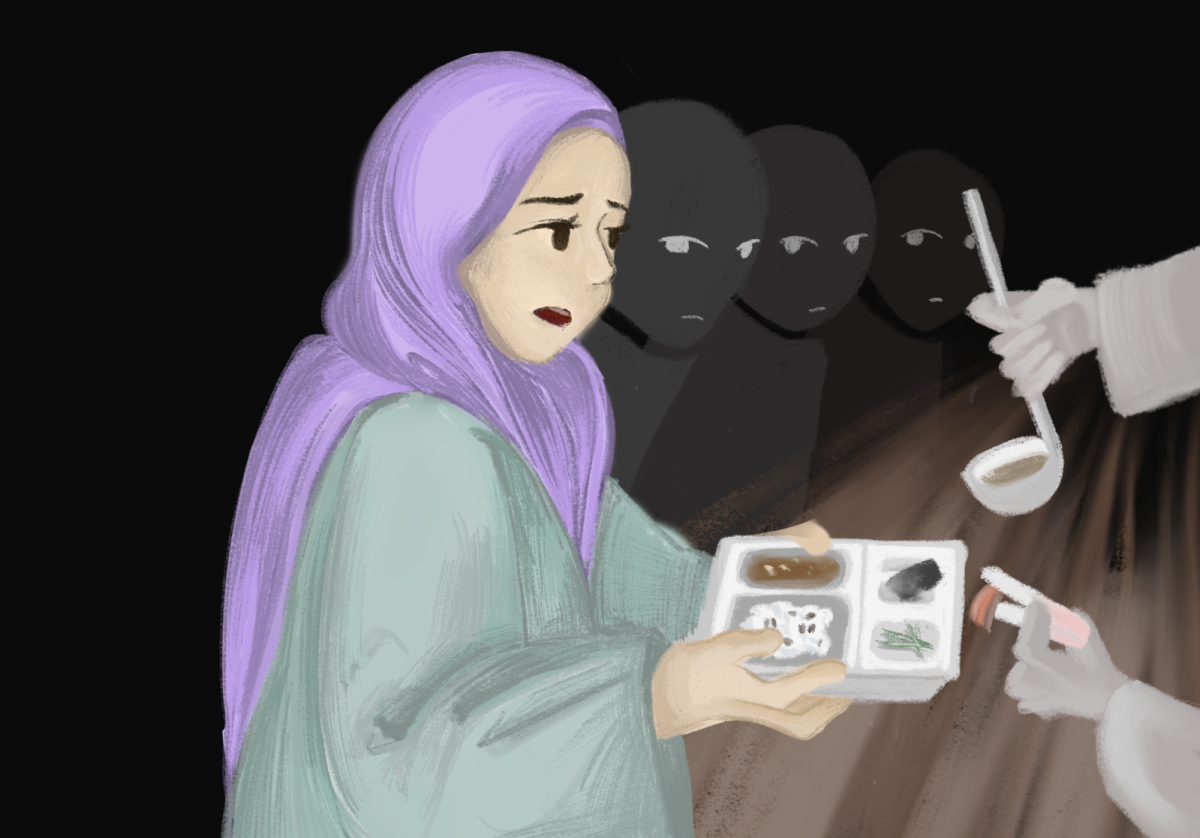
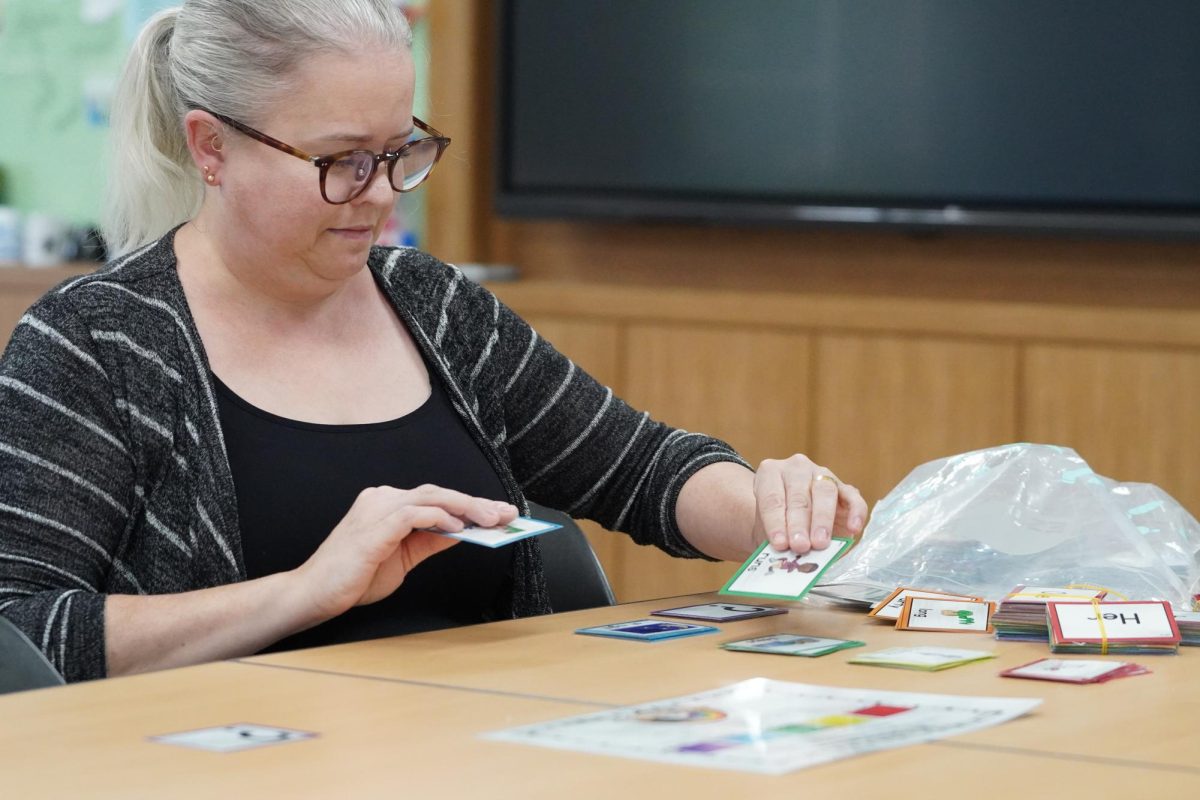
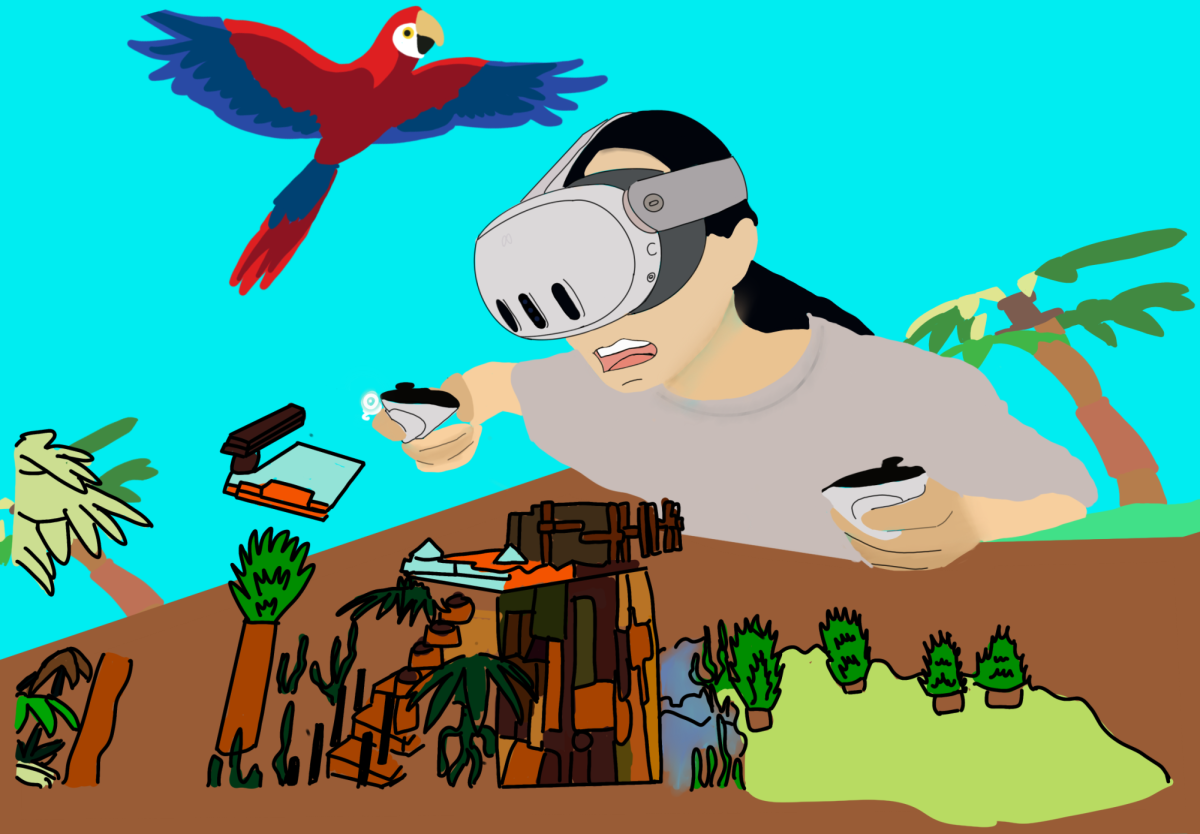
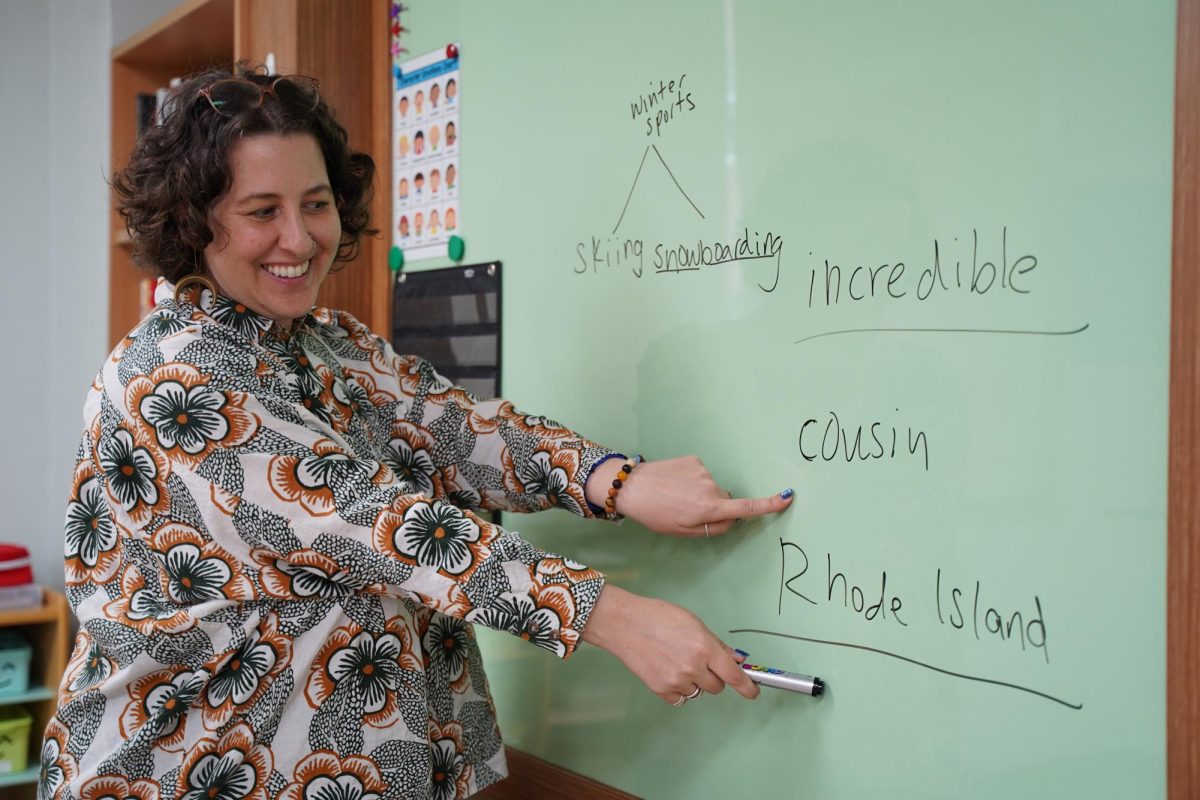








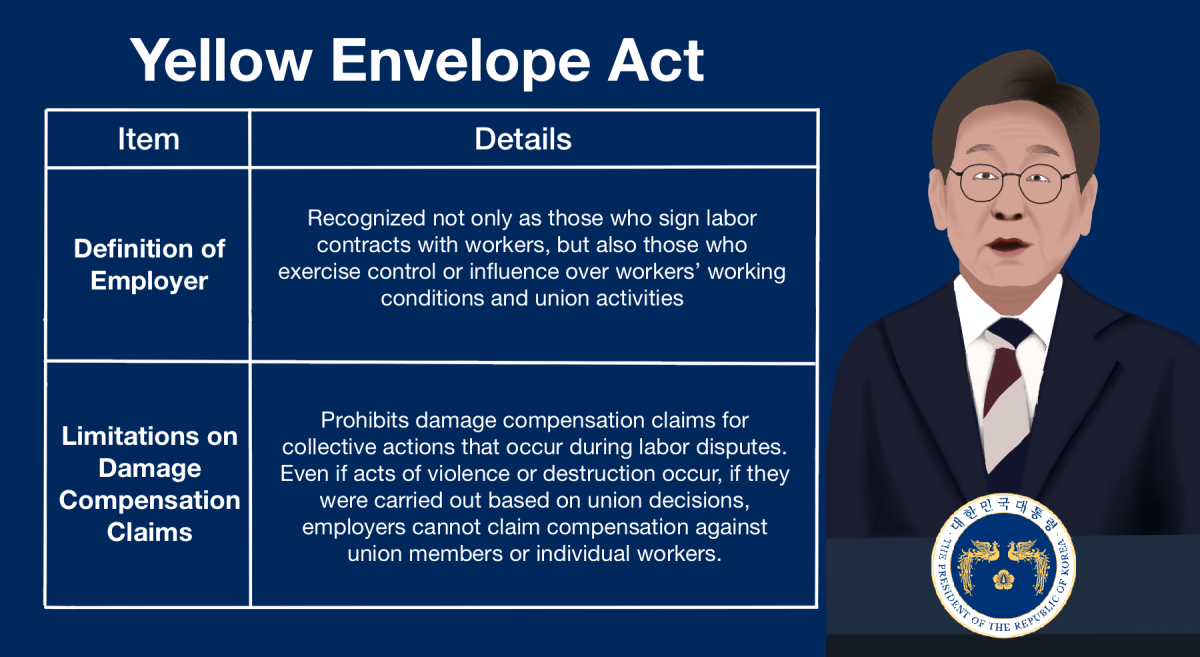
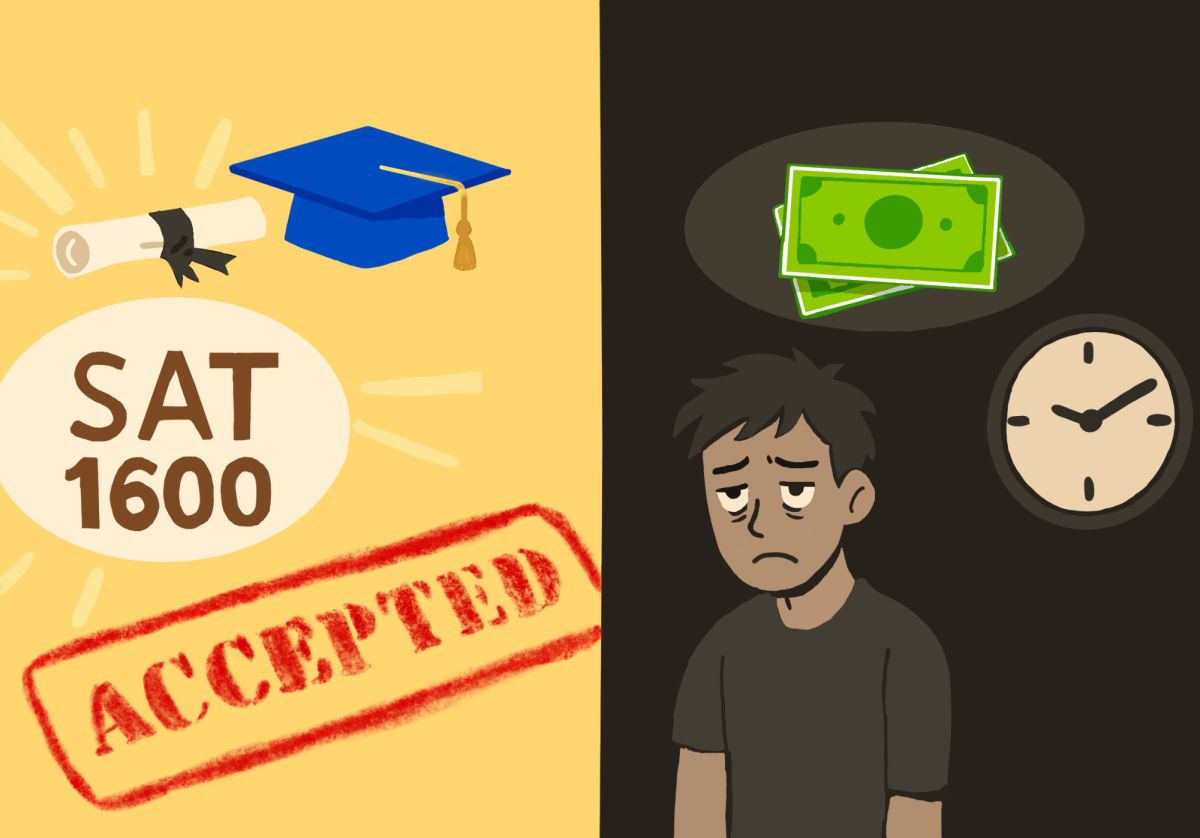

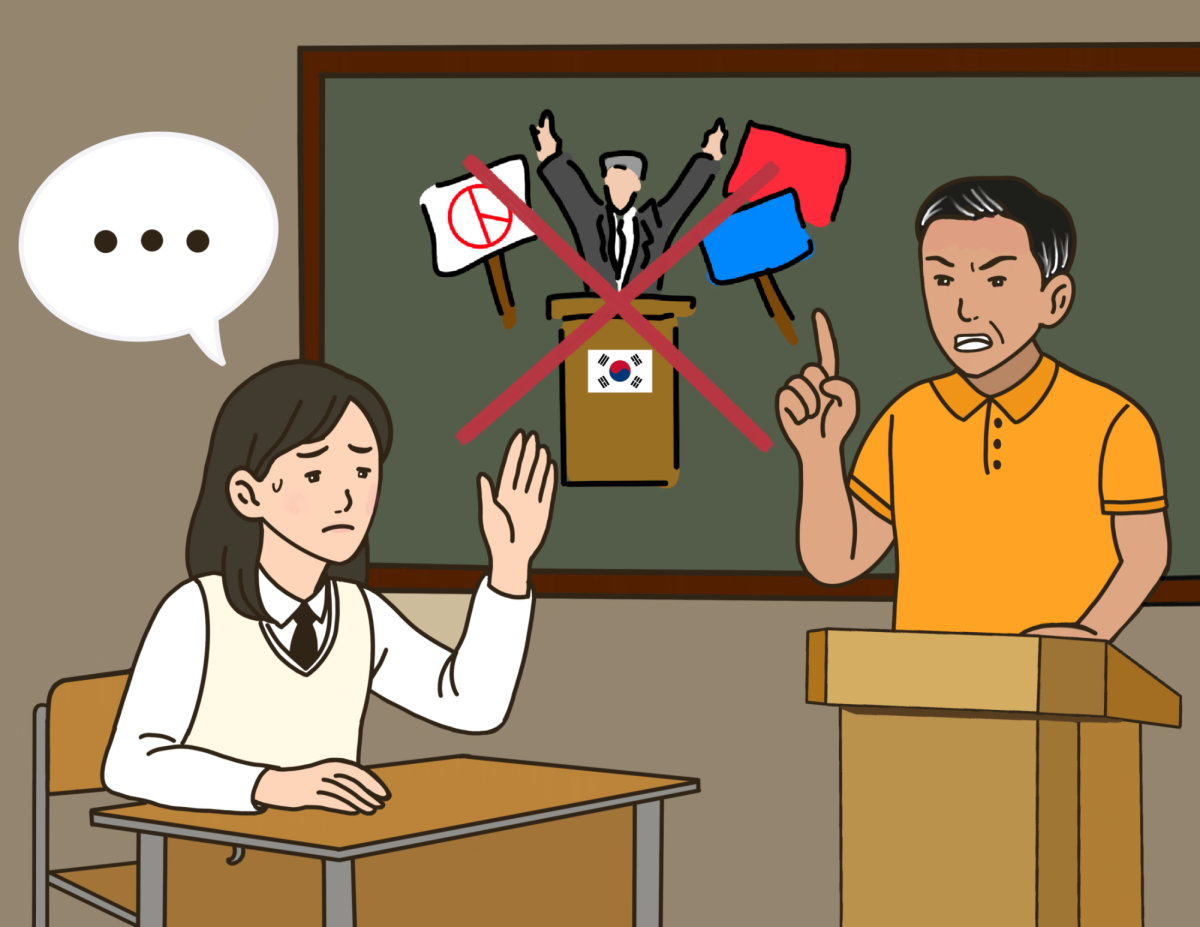


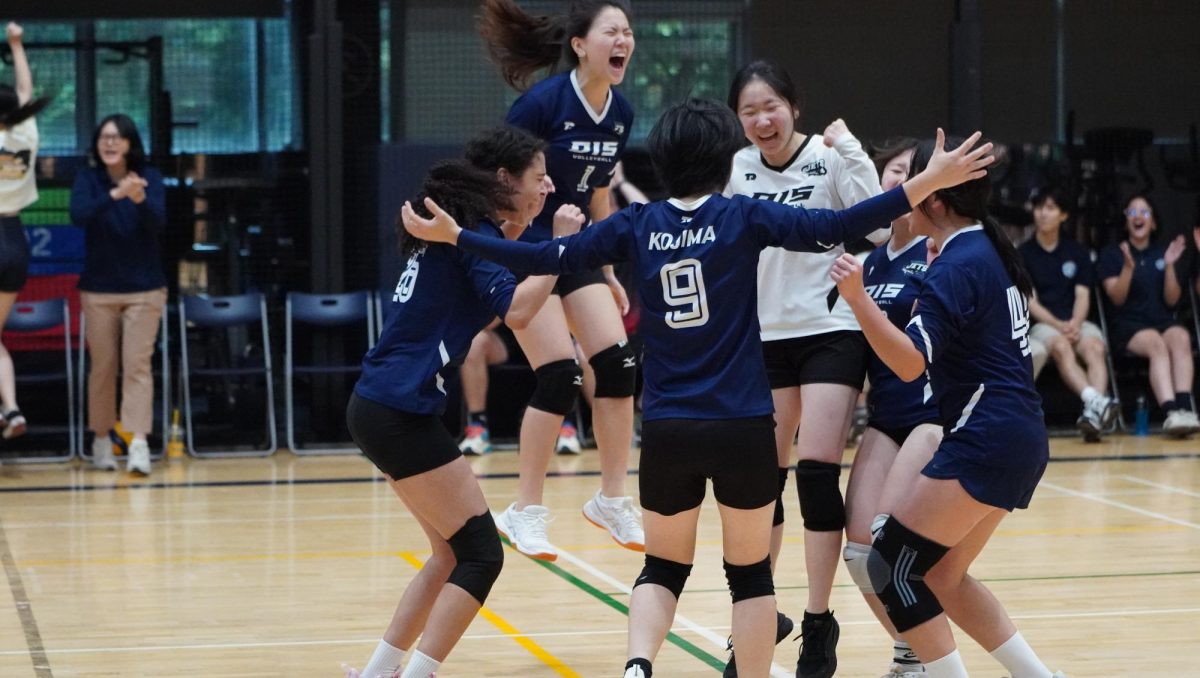
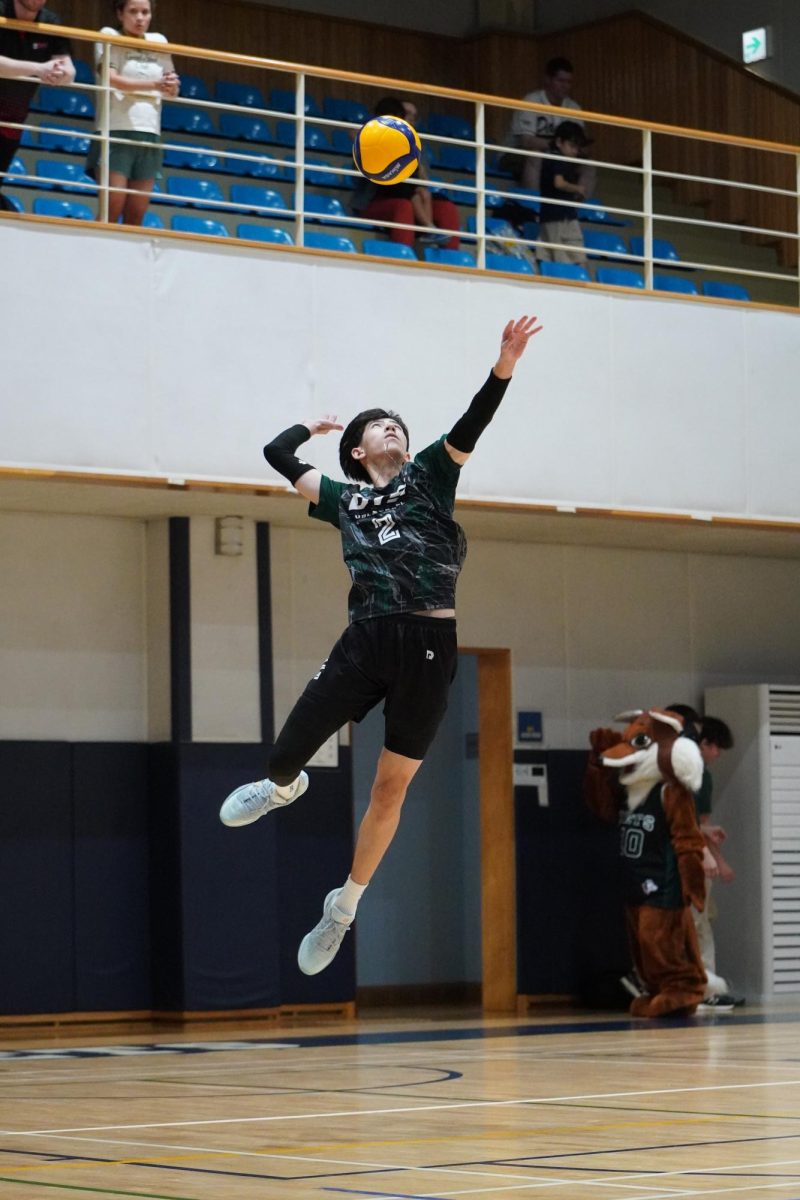

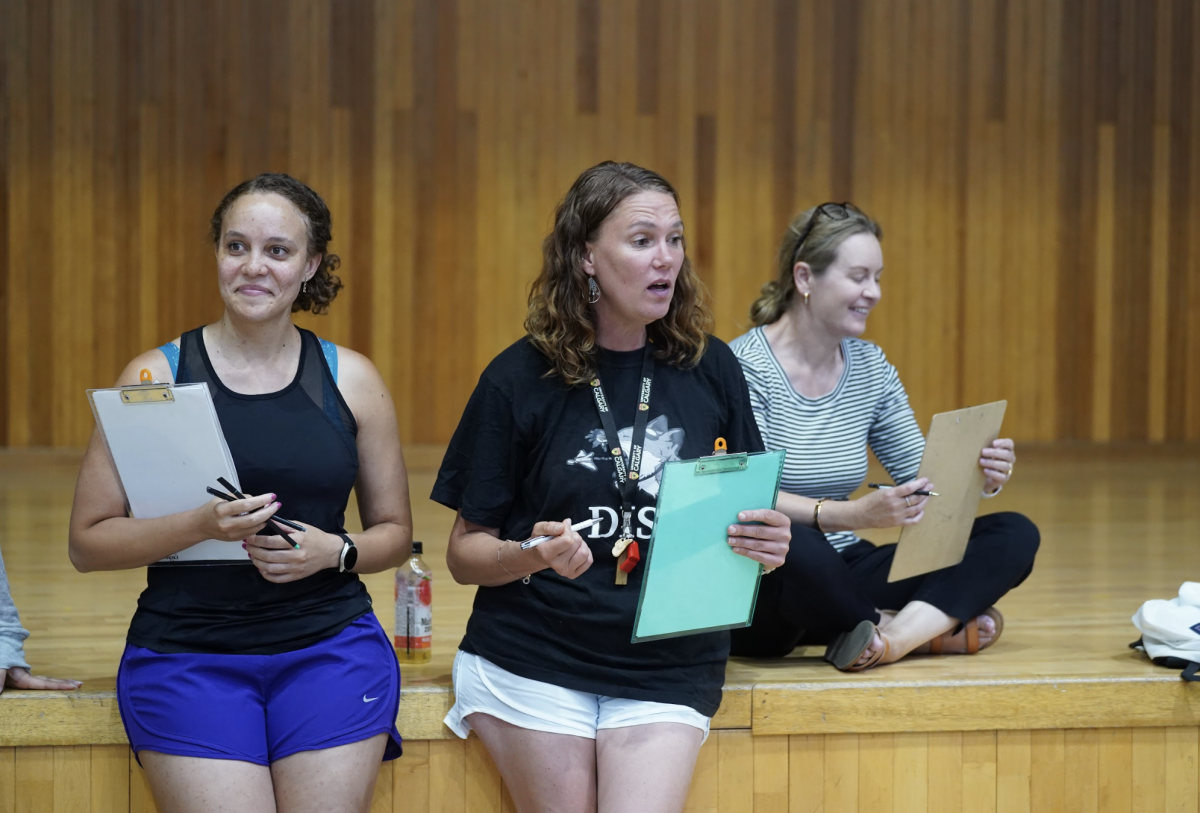






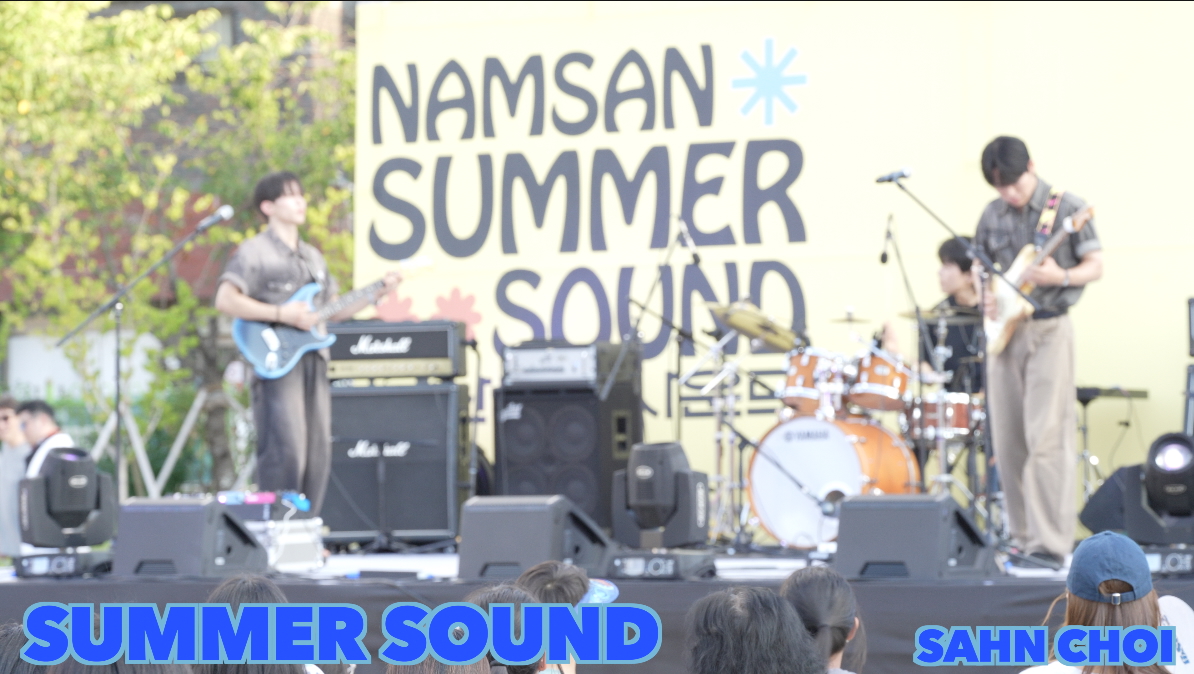













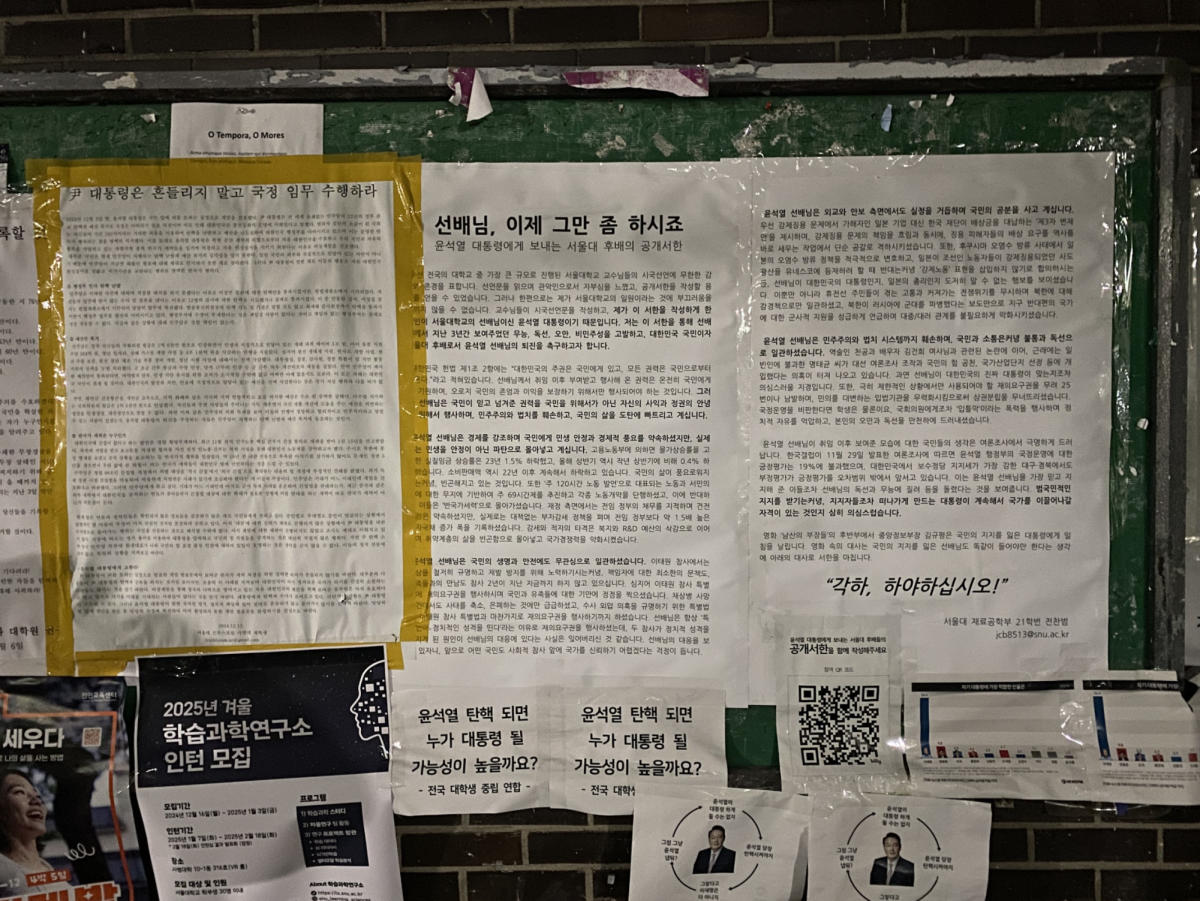
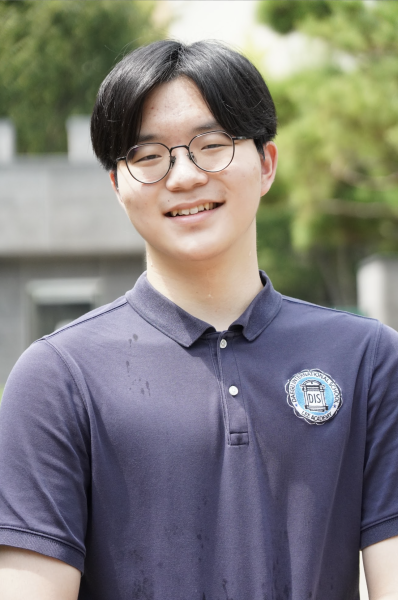

Sola • Feb 24, 2025 at 12:12 pm
Just what is happening to the country??
Great topic and great article!!!